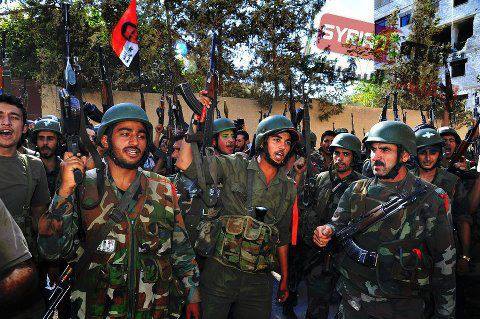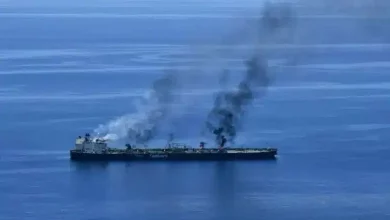Syria
Heroic Syrian army restores security to Khanaser-Aleppo highway

Valiant Syrian army on Tuesday seized full control of Khanaser-Aleppo highway in the countryside of Aleppo, having eliminated a number of terrorist groups that had been targeting the passing cars.
An official source told SANA that units of the armed forces restored security and stability to the highway after eliminating the armed terrorist groups that had been committing acts of looting and targeting the passing cars with their weapons.







